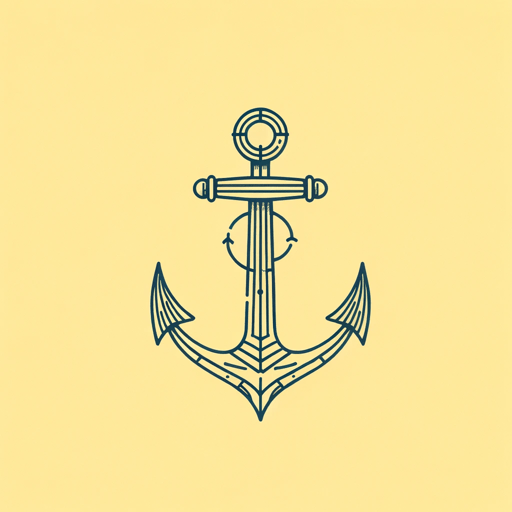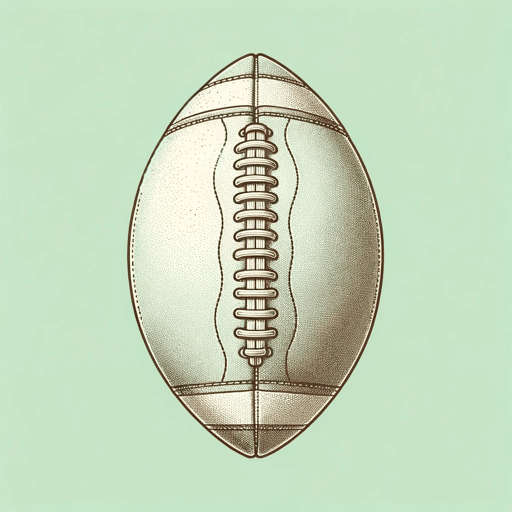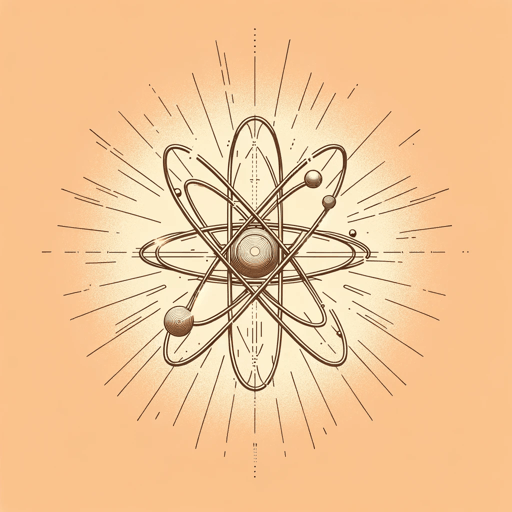104 pages • 3 hours read
Steve SheinkinBomb: The Race to Build—and Steal—the World's Most Dangerous Weapon
Nonfiction | Book | Middle Grade | Published in 2012A modern alternative to SparkNotes and CliffsNotes, SuperSummary offers high-quality Study Guides with detailed chapter summaries and analysis of major themes, characters, and more. For select classroom titles, we also provide Teaching Guides with discussion and quiz questions to prompt student engagement.
Summary and Study Guide
Overview
Published in 2012, Steve Sheinkin’s Bomb: The Race to Build—and Steal—the World’s Most Dangerous Weapon is a nonfiction science and military thriller for middle grade readers about the World War II race between the Allies and Germany to develop an atomic bomb: Whoever builds it first will win. Meanwhile, the Soviet Union tries to steal bomb-making information from the US.
Bomb won a Newbery Honor and the Sibert Medal. Multiple-award-winning author Sheinkin writes history books, both fiction and nonfiction, for young readers, including the Time Twisters series and a graphic novel series, Rabbi Harvey, about an Old West sheriff.
Bomb includes photographs and 17 pages of notes. The ebook version of the 2012 edition forms the basis for this study guide.
Content Warning: The book includes graphic descriptions of wounded and dead persons after a nuclear attack, as well as references to suicidal ideation.
Plot Summary
As Hitler’s armies move into Austria and Czechoslovakia in 1938, German scientist Otto Hahn discovers that uranium, when exposed to certain kinds of radiation, splits apart and releases energy. Physicist Lise Meitner figures out the underlying principle of nuclear fission and concludes that uranium could form the core of a super-bomb. The news spreads quickly, and Albert Einstein sends two letters to US President Roosevelt: He warns that Hitler’s scientists seem to be working on a project to build a uranium weapon. Roosevelt establishes a committee of military and scientific minds to look into developing such a bomb to counter the Germans.
Hitler’s forces launch a war in Europe, invading Poland in 1939. In 1941, Germany attacks the Soviet Union, breaking a prior non-aggression pact; later the same year, Japan attacks the US in Hawaii, and America enters the war. Robert Oppenheimer, a brilliant but eccentric scientist, offers to help. He begins designing an atomic bomb for the US. The Soviets, meanwhile, can’t spare enough scientists to build their own bomb—researchers must first design conventional weapons to resist the German advance—so they decide to steal America’s plans for a fission bomb.
British Prime Minister Winston Churchill and President Roosevelt agree on a joint bomb-making project carried out in the US. Colonel Leslie Groves, a hard-charging Army engineer who oversaw the construction of the new Pentagon building in Washington, gets the job of managing the bomb project.
The Soviets receive intelligence from Klaus Fuchs, a German Communist scientist in Britain working on the bomb program, but the real information lies hidden inside the US. Russian spies cultivate Harry Gold, a chemist who begins to send them bomb-making secrets.
The British train Norwegian resistance fighters, who parachute into German-occupied Norway and prepare the way for British commandos to sabotage the German power plant at Rjukan, which provides special heavy water for bomb research. The commandos arrive in silent gliders, but both planes crash. The Nazis capture the commandos, learn of their plans, and execute them. A second wave of commandos, led by Knut Haukelid, lands safely. They ski across country to the heavily guarded power plant, break in, blow up the heavy-water production machines, and escape.
Groves chooses Oppenheimer, despite his physical frailty and Marxist sympathies, as the unlikely leader of the effort to build a bomb. Together, they select a remote canyon plateau in New Mexico—Los Alamos—as the site for the project’s central research facility. In Chicago, Enrico Fermi leads a team that builds the world’s first nuclear reactor, which shows that a chain reaction of energy-releasing uranium atoms is possible.
Scientists arrive at Los Alamos from all over the US and start work on an atomic device. High fences and armed guards protect them; agents keep tabs on Oppenheimer, who some believe may be a Soviet spy. The real spy, Klaus Fuchs, works in England, and when Oppenheimer asks Britain for more scientists to help design the bomb, Fuchs is among those sent.
The Germans quickly rebuild the Norwegian heavy-water machines. The plant survives an Allied aerial bombardment, but the Nazis realize the attacks will continue, so they ship out all the heavy water they’ve generated in 40 large barrels. Haukelid’s commandos place explosives in the bow of the ferry conveying the barrels across a lake; the ferry sinks, and the heavy water is lost.
A town springs up at Oak Ridge, Tennessee, where a new factory will produce Uranium-235, the material needed for an atomic bomb. A second town rises next to a new plant in Hanford, Washington, that will manufacture the even more efficient explosive plutonium by bombarding U-238 with neutrons. This new material is so powerful that it needs a different firing mechanism: a shell of explosives that crushes the plutonium and forces it into a violent chain reaction.
One scientist, 18-year-old Harvard graduate and prodigy Ted Hall, works on the plutonium problem. He also secretly hands information to the Soviets because he fears that, unless two nations have the bomb, the weapon will be used constantly. With Hall and Fuchs, the Soviets have two spies at the center of the atomic bomb program.
Late in 1944, the leader of the German atomic bomb program, Werner Heisenberg, gives a scientific lecture in Switzerland. In the audience is Moe Berg, a US spy rush-trained in atomic physics who has orders to shoot Heisenberg if he detects that the Germans have an A-bomb nearing completion. Berg listens carefully to Heisenberg, who admits at a later party that the war already is lost. Berg lets the scientist go.
In May 1945, Allied forces march into Germany and compel its surrender. US and British troops round up all the German nuclear scientists to keep them out of Soviet hands. They find Heisenberg’s atomic reactor pile hidden in a cave, unfinished and primitive. The Norwegian sabotage of German heavy-water supplies had long since knocked the Nazis out of the race to build a bomb.
The American plutonium device, meanwhile, is ready for testing by mid-June 1945. Oppenheimer’s scientists build a 100-foot tower in the New Mexico desert and place the bomb at the top. Early on the morning of July 16, they arm the weapon and retreat to bunkers six miles away. At 5:30am, the bomb detonates, creating a brilliant light much brighter than the sun; it slowly rises into the sky, changing to an orange fireball one mile across that darkens into a mushroom cloud. A shock wave startles the men, who cheer and congratulate each other before settling into the stunned realization that they have created the most destructive power in history.
Materials for the uranium bomb arrive at a forward island base in the Pacific. Scientists assemble the device; it’s loaded onto a B-29 bomber named Enola Gay, which flies it to Japan and drops it onto Hiroshima, instantly destroying most of the city, killing tens of thousands, and fatally wounding many more. Los Alamos workers are thrilled by their success but troubled by the magnitude of the carnage.
A second plutonium bomb detonates over Nagasaki, causing much the same amount of damage. The Japanese high command argues about surrender; Emperor Hirohito steps in and forces the issue. The Japanese give in, and the war ends.
At Los Alamos, scientists Hall and Fuchs continue to leak bomb-making information to the Soviets. Eventually, the US catches and imprisons Fuchs and Gold, but Hall gets away with it and is never charged. Oppenheimer goes to Washington to argue for complete disarmament; he fears an arms race will endanger the world, but President Truman rebuffs him. Oppenheimer’s campaign irritates high-level government officials, who revoke his security clearance in 1954.
Oppenheimer proves correct, and by the 1980s both the Soviet Union and the US have between them some 65,000 nuclear weapons. Later treaties reduce that number to less than 20,000—still more than enough to kill everyone on Earth. To this day, the threat of nuclear annihilation hovers over civilization.
Related Titles
By Steve Sheinkin

King George: What Was His Problem?
Steve Sheinkin

Lincoln's Grave Robbers
Steve Sheinkin

The Notorious Benedict Arnold
Steve Sheinkin

The Port Chicago 50: Disaster, Mutiny, and the Fight for Civil Rights
Steve Sheinkin

Undefeated: Jim Thorpe and the Carlisle Indian School Football Team
Steve Sheinkin

